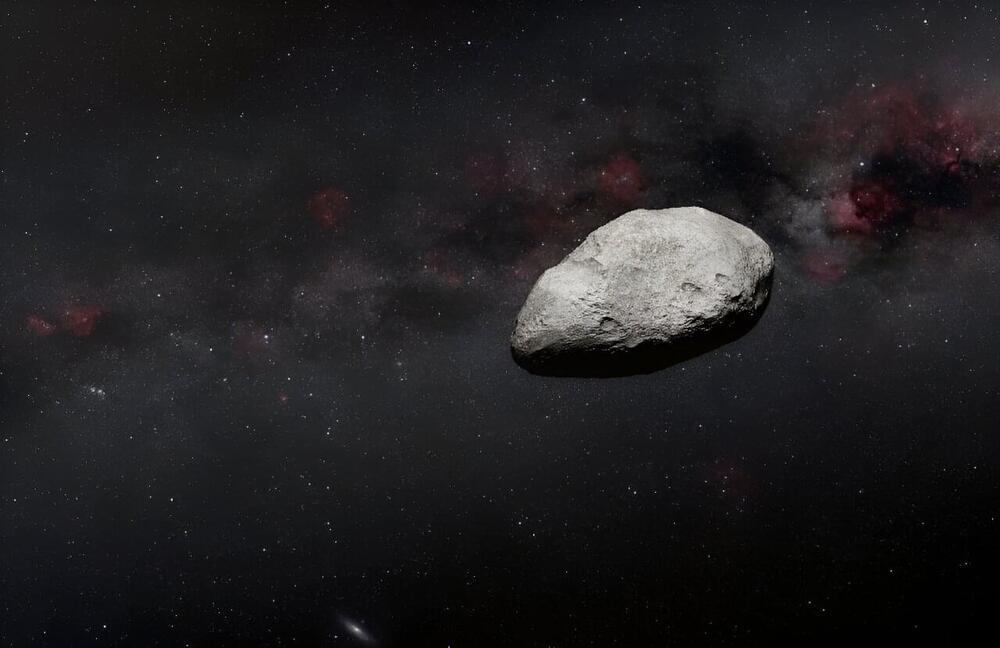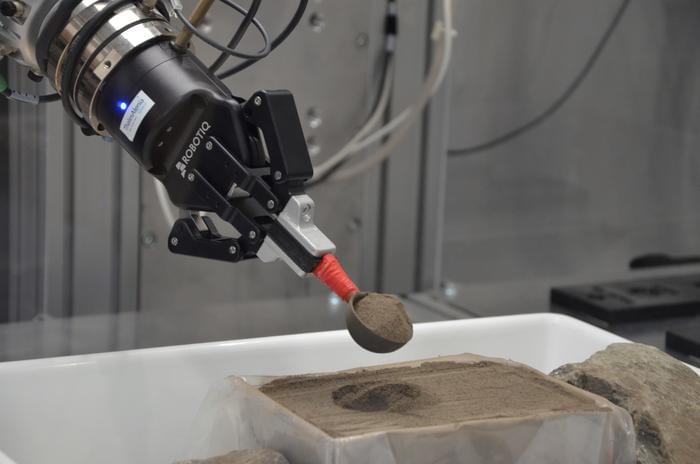A spinning white dwarf drags space-time around it 100 million times more powerfully than Earth.
Astronomers have recently provided compelling evidence of a star dragging space-time, showcasing one of Einstein’s lesser-known predictions. This phenomenon, known as “frame-dragging,” describes how a spinning object distorts the very fabric of space-time around it. While this effect is nearly imperceptible in everyday life, even on a planetary scale, certain cosmic conditions make it much more noticeable. A study published in Science details these observations using a radio telescope to study a rare pair of compact stars.
Frame-Dragging and Einstein’s Predictions Einstein’s theory of general relativity is fundamental to our understanding of gravity. It suggests that massive objects bend space-time, affecting the motion of nearby objects. Additionally, when these massive bodies spin, they twist space-time around them. Detecting frame-dragging on Earth is extremely challenging, requiring highly sensitive instruments like the Gravity Probe B, a satellite that measures minute changes in angular velocity. But in the cosmos, certain celestial objects can serve as natural laboratories to observe this effect with greater clarity.






